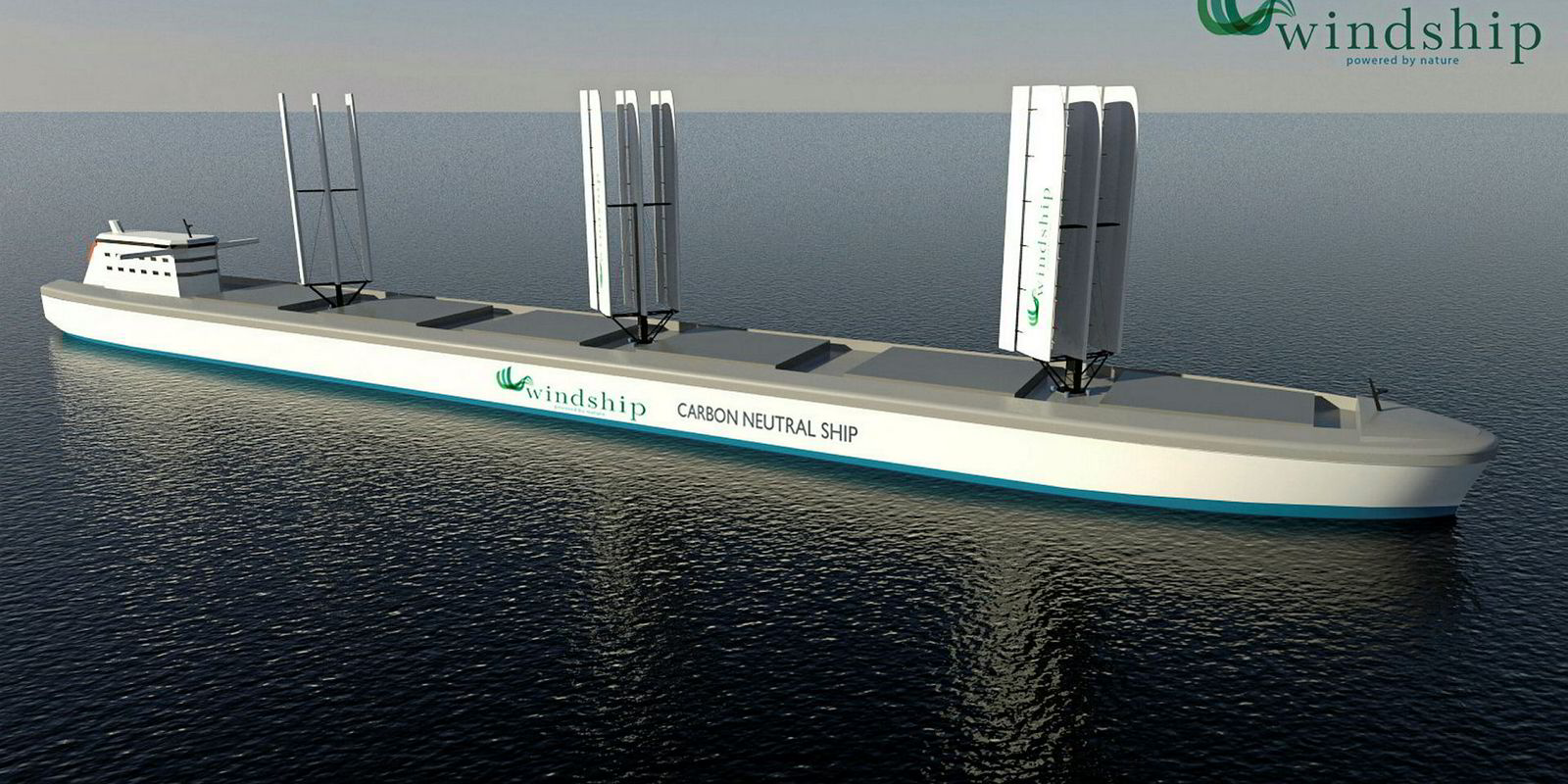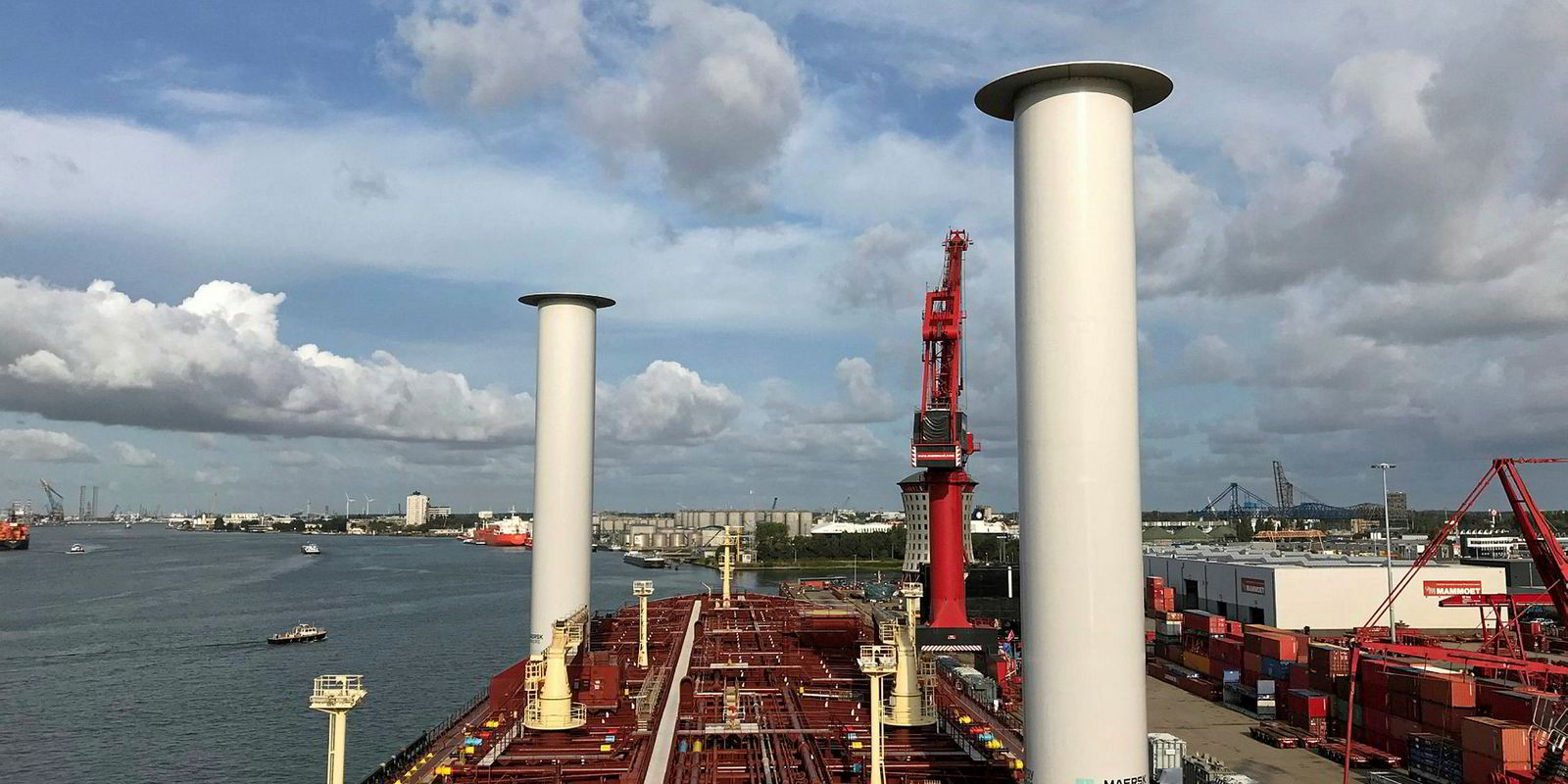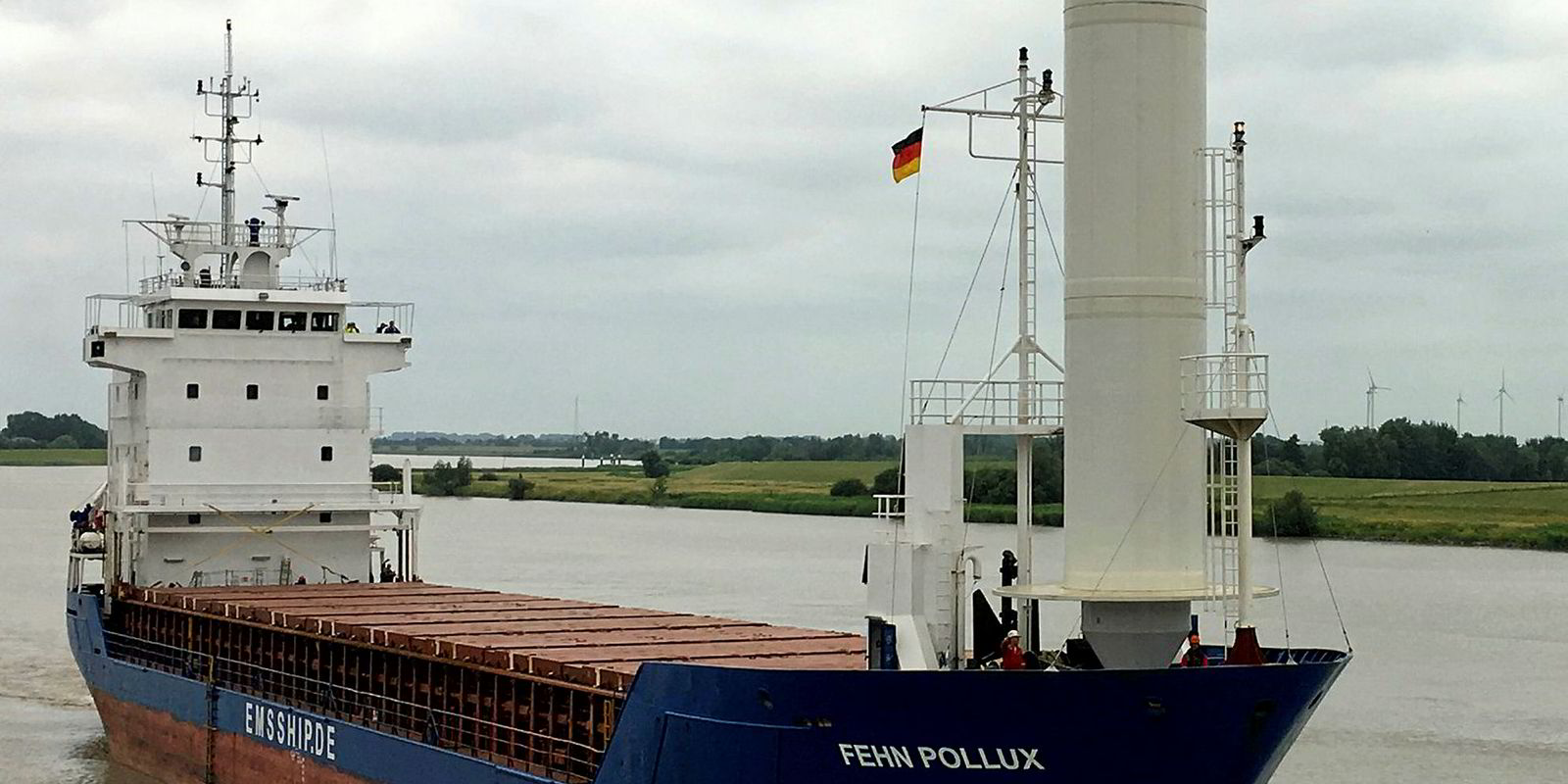The International Windship Association (IWSA) is highlighting how wind power developers are overcoming technological and financial hurdles as evidence that shipping could reach its potential for 10,700 wind-assisted bulkers and tankers by 2030.
This week, examples include Norsepower, a Finish manufacture of wind-propulsion systems, which raised €3.6m ($4.1m) in equity; and Dutch manufacturer eConowind, which said it will test its sailing system on a small multipurpose (MPP) vessel in the Baltic Sea, after successfully testing them on land.
Wind-propulsion hub
Gavin Allwright, secretary general of London-based IWSA, believes those efforts will be helped by plans for a northern Europe hub to promote and build wind-propulsion systems.
Under the plans, the hub will be built in coming months and focus on projects from the Netherlands, Germany and Scandinavia.
Talking to TradeWinds, Allwright is confident that wind power can compete with rival propulsion systems.
He cites the European Union’s 2016 forecast that between 3,700 and 10,700 wind-propulsion systems could be installed on bulkers and tankers by 2030, if a facilitation framework is in place.
He remains sceptical over the ability of alternative fuels, such as LNG, to reduce carbon emissions, and points to the economic advantages of retrofitting vessels with wind propulsion.
“A retrofit of LNG is probably about eight years' hire, where a wind system at current prices is probably about four years,” he says.
“We need to get it down to three. But now we’re looking at other options.”
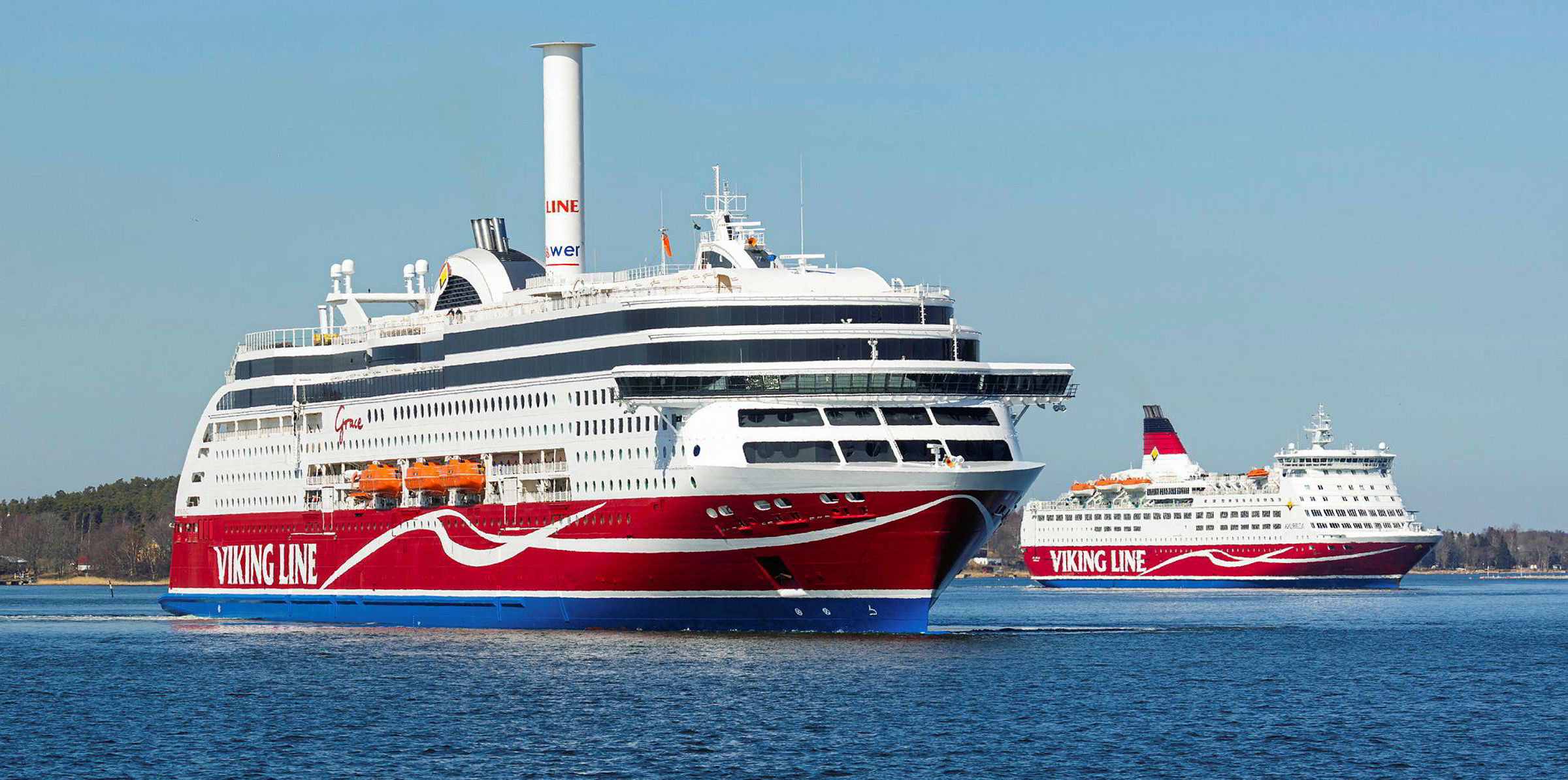
One of those options includes the system designed by Helsinki-based wind-propulsion provider Norsepower, which has raised $15m since 2012. Additional equity raised in its latest placement last week was done with Finnish investment firm Korkia.
Growing interest
New investors accounted for the majority of the equity raised, signalling the growing interest in rotor sail technology, according to the company.
Norsepower's Rotor Sails are a modernised version of the Flettner rotor, a spinning cylinder that harnesses wind energy and propels ships.
In past years, its rotor sails have been installed on ships belonging to Viking Line and Maersk Tankers.
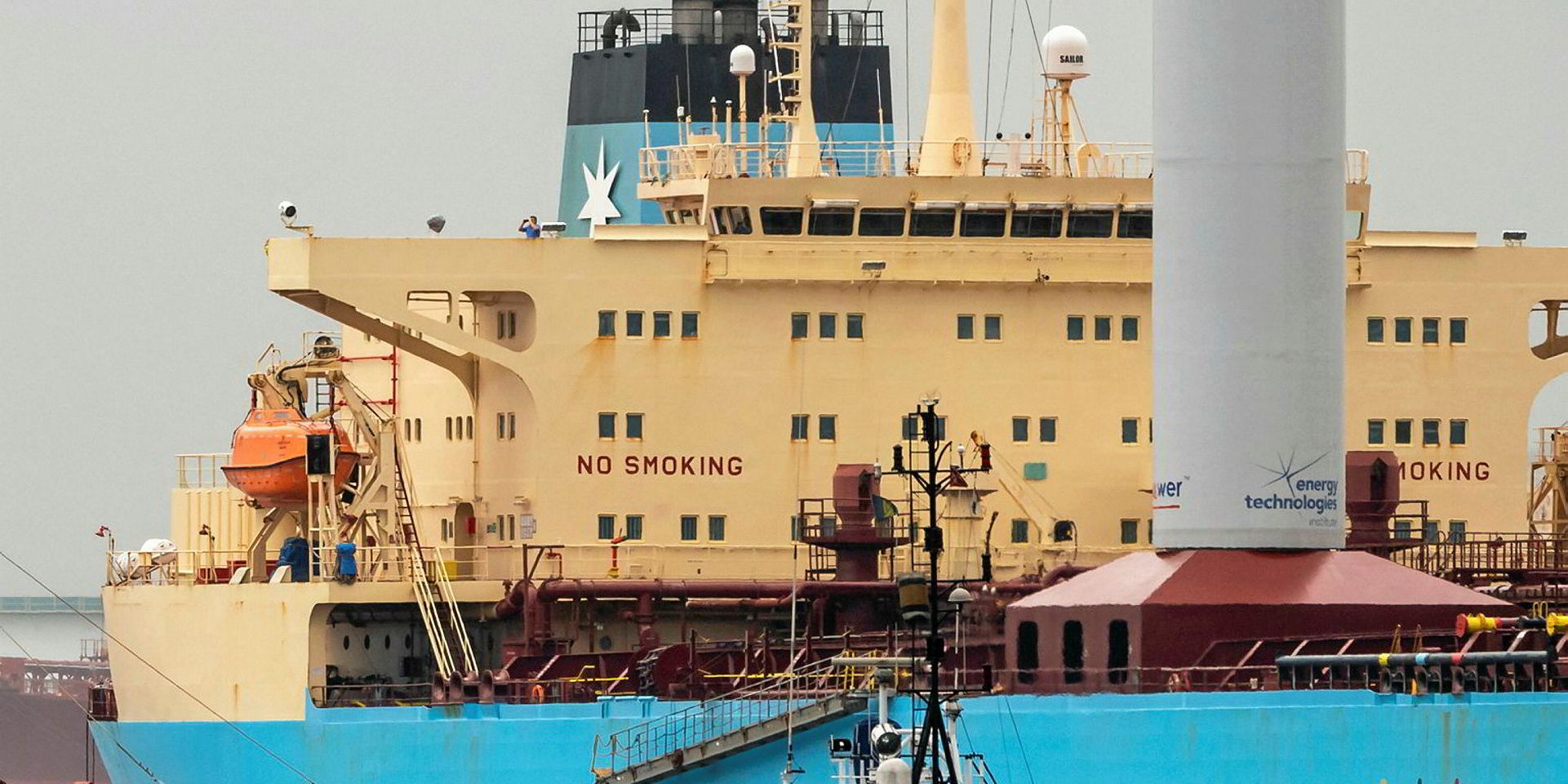
Wind propulsion is a developing trend and saving energy gives first mover shipowners a competitive advantage
Norsepower will use the additional funds to expand production of its rotor sails in Asia, as well as search for a potential supplier partner in the region.
In a separate development, Groningen-based eConowind says that the land-testing of its foldable unit for wind-assisted ship propulsion had provided a “very good result”.
Ventifoils
The unit involves a 40-foot container being mounted to a vessel, from which two fold-out sails known as “VentiFoils” will be deployed.
The system’s maiden voyage will be conducted in the North Sea and Baltic region onboard the 5,300-dwt MPP vessel Lady Christina (built 2000), which belongs to Dutch owner Wijnne Barends.
Further sailing will allow the system to operate on an automated basis, enabling the reduction of power, fuel consumption and emissions from the main engine.
“Wind propulsion is a developing trend and saving energy gives first mover shipowners a competitive advantage,” says eConowind chief executive Frank Nieuwenhuis.
“We see several innovative shippers asking detailed questions about making installations on their ships.”
Commercial productions
eConowind expects to start commercial production and delivery of the units in the second quarter of next year.
The IWSA points to a shift towards wind-propulsion technologies over the past 12 months, with potential fuel savings of 10% to 30% for retrofit installations and up to 50% for optimised newbuildings.
It claims that a leasing agreement can reduce the capital expenditure outlay with a provider and shipowner sharing the savings in fuel costs.
Wind propulsion also reduces the amount of bunkering and fuel storage required for a vessel, the IWSA adds.

